As the internet has grown, so has the pursuit of the independent professional — the entrepreneur. The #hustle is real. Not only are you doing your daily tasks to maintain your business, you are also trying to grow your business and reach as many potential customers as possible. And if you’re completely on your own, no assistant or co-workers, you’re left to manage every aspect of your business, from branding to advertising to finances and beyond.
When it comes to advertising and promoting your business, social media has made reaching existing and potential customers much more accessible. Before the rise of social media, businesses relied on trusty word of mouth, Yellow Page listings, newspaper ads, direct mail, and even billboards. Social media platforms like Facebook and Instagram opened new doors by letting you quickly connect with many more people. With just these two networks spanning over 5 billion people, your reach is near limitless. That’s why crafting a customer need for your services is so important.
When advertising your business through social media it's important to first answer questions like:
Who is my target audience? (Who is my customer)
Where is my target audience? (Which platforms do my customers hang out on)
What appeals to my target audience? (Is there something that they need or would like that I offer)
Are my posts effective? (Do people take actions when they see my posts)
The answers to these questions should inform your communication and advertising strategy.
Choose a platform to focus on (not all of them)
You may have a favorite social media platform to hang out on, mine is Twitter, but it doesn’t mean that is the best place to advertise your business. Keep in mind that the people who will become your customers may be on other platforms than you. This means you may have to step out of your comfort zone to attract the right people. Let’s look at social media demographics and tips.
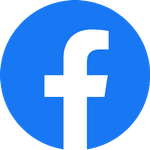
Facebook is the most used platform in the world. Its users skew much older, in fact, currently, 65 and older are the fastest-growing age group.
Now does that mean it’s mostly older individuals on Facebook? No, but it means audiences may be shifting. Still, 80% of Facebook users are Millennials, while the number of Gen X users is decreasing and Baby Boomers are increasing.
According to Pew Research Center, the following is Facebook's demographics:

Ages 18-29
79% use Facebook
Ages 30-49
82% use Facebook
Ages 50-64
68% use Facebook
Ages 65+
46% use Facebook
With over 75% of Facebook users being women.
Data is based on global users totals
Best practices for Facebook: Set up a business page. It’s free! Plus having a business page gives you access to extra tools for shopping experiences. The data you collect is also valuable to determine your strategy. This includes who is seeing your posts, when is the best time to post, and what works and what doesn’t for your audience. You also get access to run paid ads which can help more people see your posts.
Keep business and personal separate: Facebook has a system in place to differentiate posts from business and from individual people for a reason. While your identity can be part of your business brand, it is important to keep a separate business and personal presence on Facebook. This keeps your business page strictly about business, sales, and driving people to your site. Your own personal opinions, outside of people who know you, could sway users from using your services.
In addition to having a separate business page and personal profile, it is important to remember that your customers may be able to find what you post on your personal page (unless it is set to private). Facebook allows you to share anything and everything, but not everyone needs to see everything.
Blogging is your best friend for Facebook: Share links on your Facebook business page that direct people to your website. When people come to your site they get to learn more about your business without the distractions of a friend's post of a random video or meme. Your website is 100% about you and your business. Plus the more people who visit your site, the more search engines start to see better engagement, which means they’ll rank you better.
Plus when search engines see more people visiting and engaging with your site, they’ll rank you better.
Overall: Facebook is a great catch-all platform. It is the most widely used social media platform. You also get a plethora of tools to make your business account really be its own identity.
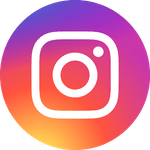
While this is the fastest growing social media platform, it is still second to Facebook in its user base. According to Statista, Instagram demographics skew younger:
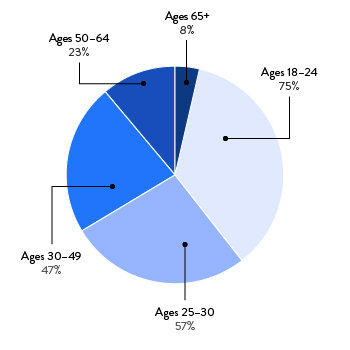
Ages 18-24
75% use Instagram
Ages 25-30
57% use Instagram
Ages 30-49
47% use Instagram
Ages 50-64
23% use Instagram
Ages 65+
8% use Instagram
With over 43% of users being women and 31% male.*
*Does not include data on people who didn't specify.
Data is based on global users totals
Best practices for Instagram: You can set up a business account to make posts and collect data. As your followers grow you can unlock more options and features. What is nice about Instagram is that you can use hashtags to drive people to interact with your business and you can use them to engage with others.
Think of hashtags as directory listings. For instance, PhotoBiz created our own #photobizfaves hashtag more than 2 years ago. Since then more than 15,000 images have been tagged with it. And we love featuring a collection of images featuring #photobizfaves on our blog each month.
Business, but more personal: Instagram rides off of influencer culture, meaning personalities sell a business or service. You’ll see personalities and brands almost become one. You can have an account for your brand but it’s the personal accounts that drive the interesting bits. On Instagram, behind the scenes storytelling makes for engaging posts.
Use Stories: Instagram allows for stories, 24 hours posts that can be sent to all your followers. This was a hit for the platform, so much so other platforms have been copying it. It feels more organic and gives you fun options, polls, and interaction tools. Don’t overlook this functionality of Instagram, it may be even more interesting than just your posts.
Don’t worry about likes: As Instagram changes, the less focused they are on likes. Sure you’ll see someone have thousands of likes, but the interaction/participation with a post is what Instagram values most. Meaning, the more you interact with other posts the more Instagram will give value to you as a user and share your content.
While this can feel time-consuming, it also means you stay connected with potential followers and customers. PhotoBiz even felt the like anxiety. We used to get hundreds of likes per post, but over time the number of likes per post has decreased while our follower count continues to increase heavily. So take a breath. It’ll be okay!
Overall: Instagram is a fun fast way to interact with customers that is personal and fun. The more you participate the more you get out of it.

LinkedIn is primarily focused on professionals and networking. This platform is perfect for people who shoot headshots, company/corporate events, and real estate. LinkedIn seems to have a “cheering for you” mantra instilled in its users. People use it to showcase something amazing in their career or how one can benefit from connecting.
According to Statista, the demographics of LinkedIn users skews to Millenial and Gen X professionals:
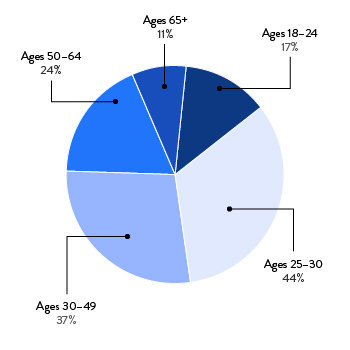
Ages 18-24
17% use LinkedIn
Ages 25-30
44% use LinkedIn
Ages 30-49
37% use LinkedIn
Ages 50-64
24% use LinkedIn
Ages 65+
11% use LinkedIn
With 29% Male and 24% Female Users*
*Does not include data on people who didn't specify.
Data is based on global users totals
Best practices for LinkedIn: Creating a business page is simple but if you’re the only individual in your business, just having an active account is all you need. Participating in conversations is a great way to network, and that’s what LinkedIn is all about — networking.
It’s a great place to see what other professionals are doing by looking at profiles and connecting to users.
Getting recommendations amongst your peers is helpful. Recommendations establish trust and illustrate your expertise, which can be helpful when working to connect with other users.
Make connections: Collaborating is a big deal on this platform and connecting with past friends or colleagues can open doors to the people you want to talk to.
Share highlights of your business: Hey, it’s okay to show off, especially if you’re proud of something. This a place to talk about big projects, awards, and more. This is how people see your work and learn who you are as a professional. Share a blog post that sends them to your site, or a video.
Overall: LinkedIn is about connections and networking. Be prepared to showcase your best work, highlight things that you are interested in, and participate with other users. You never know who might connect you to your ideal customer.
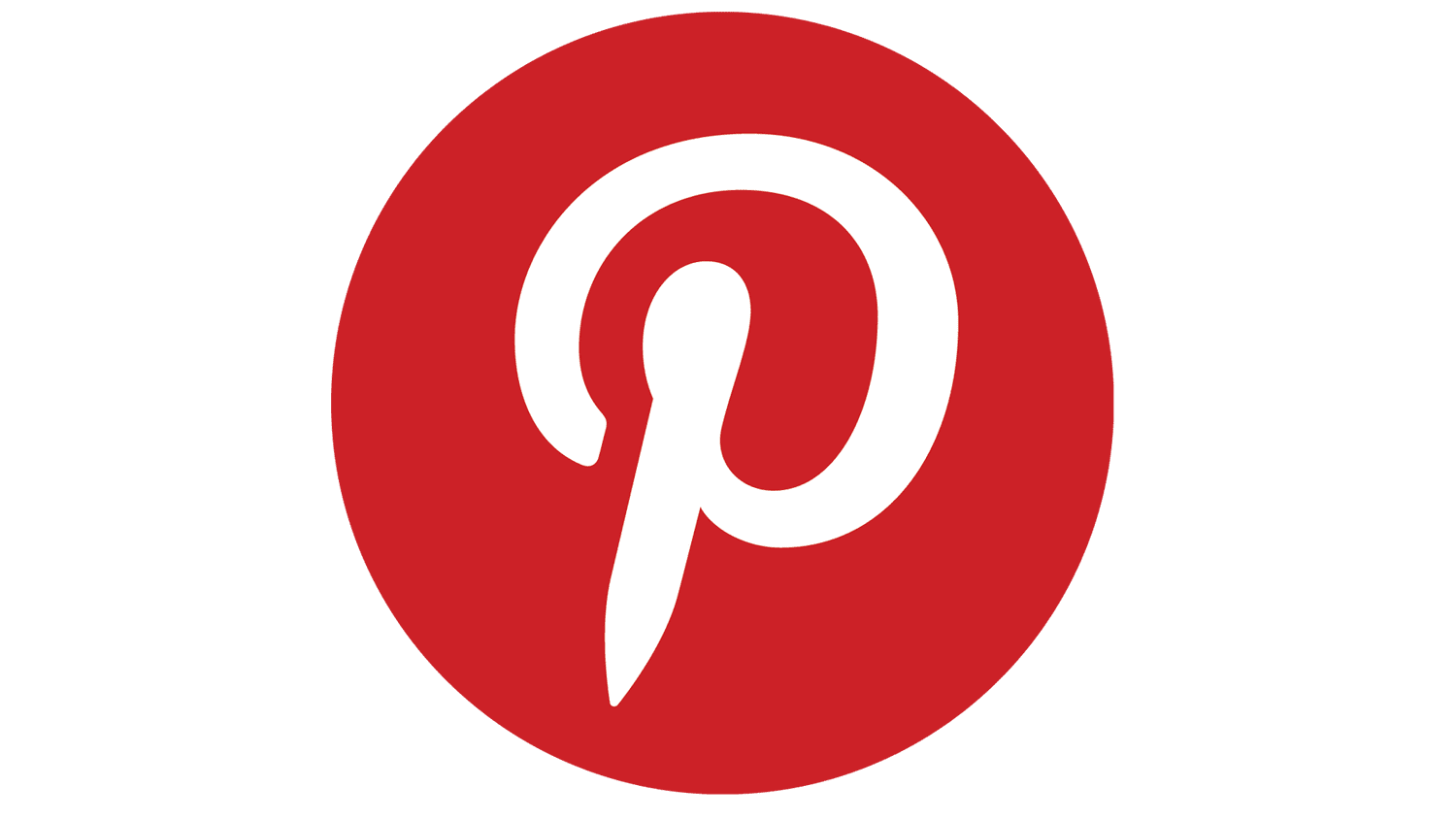
Pinterest has more than 300 million users worldwide. its focus is on visual inspiration for products, services, or affirmations. It’s a great place to share your work including blog posts that drive people back to your site. The goal is for someone to stumble across your pin and be wowed by your products and services so much that they become a customer.
The demographics of Pinterest users skew young to Gen Xers:
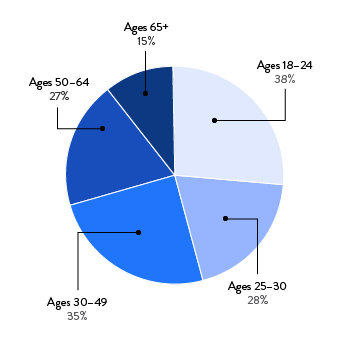
Ages 18-24
38% use Pinterest
Ages 25-30
28% use Pinterest
Ages 30-49
35% use Pinterest
Ages 50-64
27% use Pinterest
Ages 65+
15% use Pinterest
With 41% female and 15% male Users*
*Does not include data on people who didn't specify.
Data is based on global users totals
Best practices for Pinterest: Everything comes down to making interesting pins with clear messages that drive people to your site. Since this platform is less about interacting with other users, you have to rely on visually appealing pins to drive clicks and pins. Make sure your pins take people somewhere relevant on your site so people will engage with you. Check out our How to Succeed on Pinterest blog post for more tips!
Pin as much as you can: The more pins you make the better! When you create pins it's like being added to different listings. Someone who finds you in one listing might not see you in another. So create a sprawling network of pins to get more eyes on you (you can even have multiple pins, with different visuals, that go to the same location on your site to see what performs the best). We’ve seen an increase in traffic to our own site from Pinterest!
Overall: Create fun and visually interesting pins for people to click on and go to your site.
Others
There are tons of other platforms: Twitter, Tik Tok, Snapchat, YouTube, Twitch, Clubhouse, and more. When it comes to picking the right platform to drive your business, it boils down to your audience and consistency — maintaining consistency can be the hardest thing. Find the platforms your customers are most active, and then experiment to see what works. Each platform has its own nuances and trends. You don’t have to do everything, pick what's best for your business.
Conclusion
When it comes to marketing your services on social media, you have to connect, participate and be social. Consistently and doing daily and weekly updates keeps you in the consciousness of your audience. If you don’t post often, don’t expect results when you post. It takes time, you just need to figure out how to balance it.
We hope these tips for marketing on social media will help your business. Stay tuned for more social media tips strategies. If social media marketing feels completely foreign to you, check out our FREE PhotoBiz MasterClass. You'll learn more about this and how to utilize the PhotoBiz platform for email marketing and social media. You may also be interested in our Social media marketing for SEO article. It has more in-depth tips.
Need help setting up marketing tools in your PhotoBiz account? Give us a call at 866.463.7620. Our support team can assist you!







Leave a comment
0 Comments